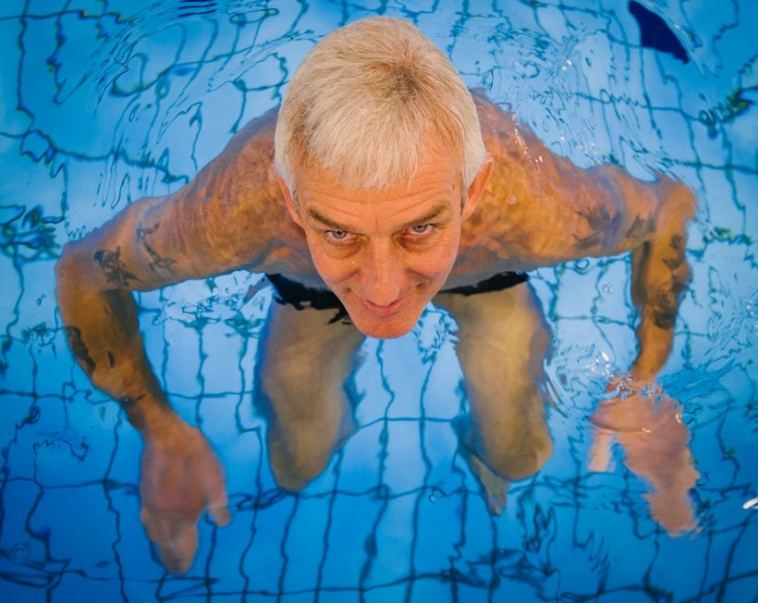- Like
- SHARE
- Digg
- Del
- Tumblr
- VKontakte
- Flattr
- Buffer
- Love This
- Save
- Odnoklassniki
- Meneame
- Blogger
- Amazon
- Yahoo Mail
- Gmail
- AOL
- Newsvine
- HackerNews
- Evernote
- MySpace
- Mail.ru
- Viadeo
- Line
- Comments
- Yummly
- SMS
- Viber
- Telegram
- JOIN
- Skype
- Facebook Messenger
- Kakao
- LiveJournal
- Yammer
- Edgar
- Fintel
- Mix
- Instapaper
- Copy Link
Introduction
We all know how good it feels to swim on a hot day. Water can relax you and relieve your tired muscles. But do you know that water can also boost your physical therapy?
Yes, aquatic physical therapy is useful in a variety of medical conditions. The therapy uses the properties of water to assist patients in healing and exercise performance.
Here are the top benefits of aquatic therapy.
A Dull Sense of Touch
The body’s nervous system has a network of nerve endings in muscles and skin which respond to the slightest stimulus. When under a constant stimulus like water pressure which the body isn’t used to, the nervous system automatically dulls the reticular system.
The reticular system deals with tactile sensory neurons. This helps dull the muscle pain allowing you to stretch muscles to their full range of motion. The biggest challenge in physical therapy is the pain one has to go through to restore the functions of their muscles. In most cases, the therapists have to coax patients which takes a lot of time. and yes, people who do not like being touched feel better in aquatic physical therapy.
The Hydrostatic Pressure
Water is denser than air, hence, it exerts more pressure than you are used to experiencing. Well, this is because water adopts different shapes to accommodate your movement.
And yes, the water compresses your joints and muscles through a concept known as hydrostatic pressure. the concept forces your lungs and heart to work harder as the chest cavity is under direct pressure.
As a compression bandage for your body, it helps relieve chronic muscle pains when someone is neck-deep in water.
Rebuilds Muscle Memory
The natural resistance and viscosity of water provide force one to move slowly. With this, the brain processes the signals from the muscles thoroughly as it has more time, which helps rebuild muscle memory.
For instance, if you have an impairment like neuromuscular, water makes it easier for reeducation. Even outside the aquatic therapy scope, exercising in water helps you focus on the muscle through the full range of motion as you can think of your body’s movement.
Faster Progress
Aerobic conditioning is often better performed in water especially when it is too difficult to do in a gym. Being stable in water challenges your balance allowing the sports-specific activity to begin earlier than on land. And yes, running on water produces the best cardiovascular results with minimal impact on your joints.
Improves Circulation
The hydrostatic pressure exerts constant pressure on your heart. And yes, aquatic therapy keeps water at a warmer-than-average temperature (94 degrees Fahrenheit) as warm water promotes blood circulation.
Increased blood flow to the ailing muscles promotes faster healing. Therefore, if you have weaker heart muscles, aquatic therapy helps compensate for poor blood circulation by ensuring oxygen-rich blood reaches the periphery of your body.
Conclusion
Water offers a constantly changing environment that motivates and challenges you during your recovery. If you’d like to try it, talk to your physical therapist to help you decide whether or not it is right for you.
About Theresa Duncan
Originally from Detroit, MI, Theresa has been offering health and fitness advice for the last 30 years while working as an engineer. She decided to turn her passion into a profession, and finds nothing more satisfying than helping others reach their health and fitness goals.

